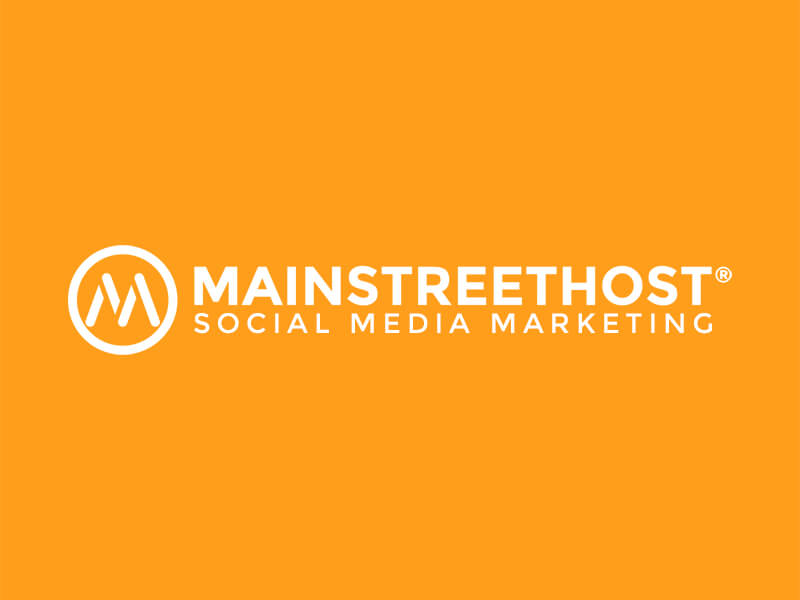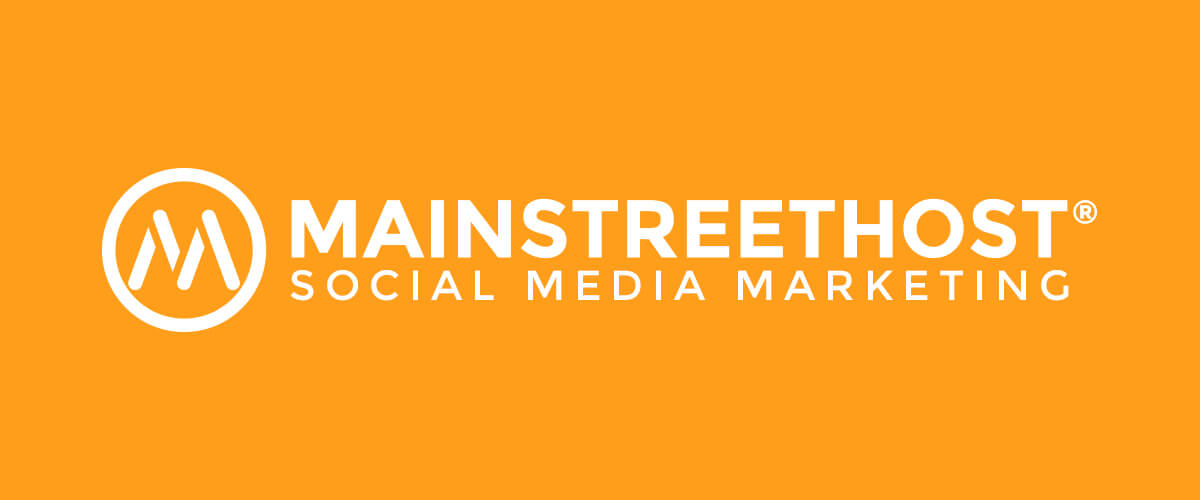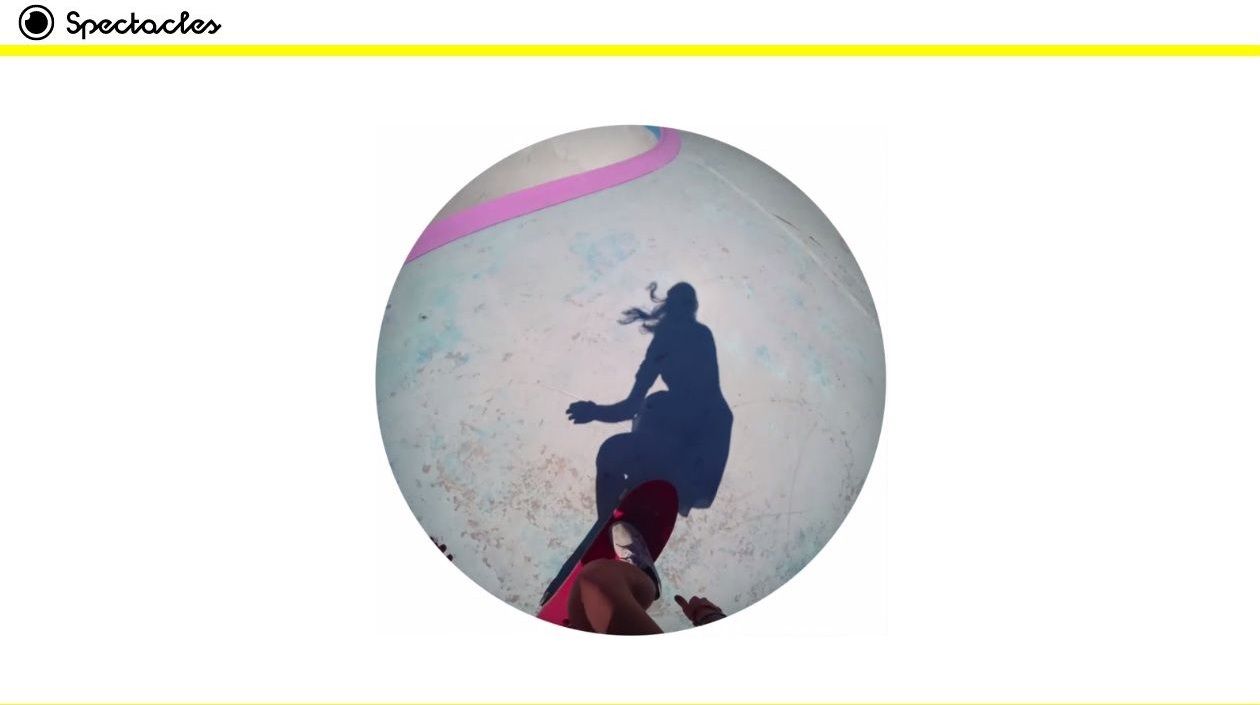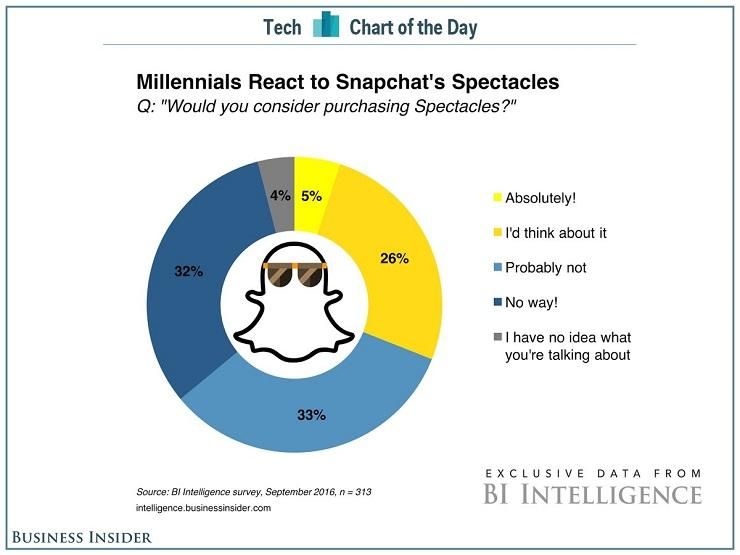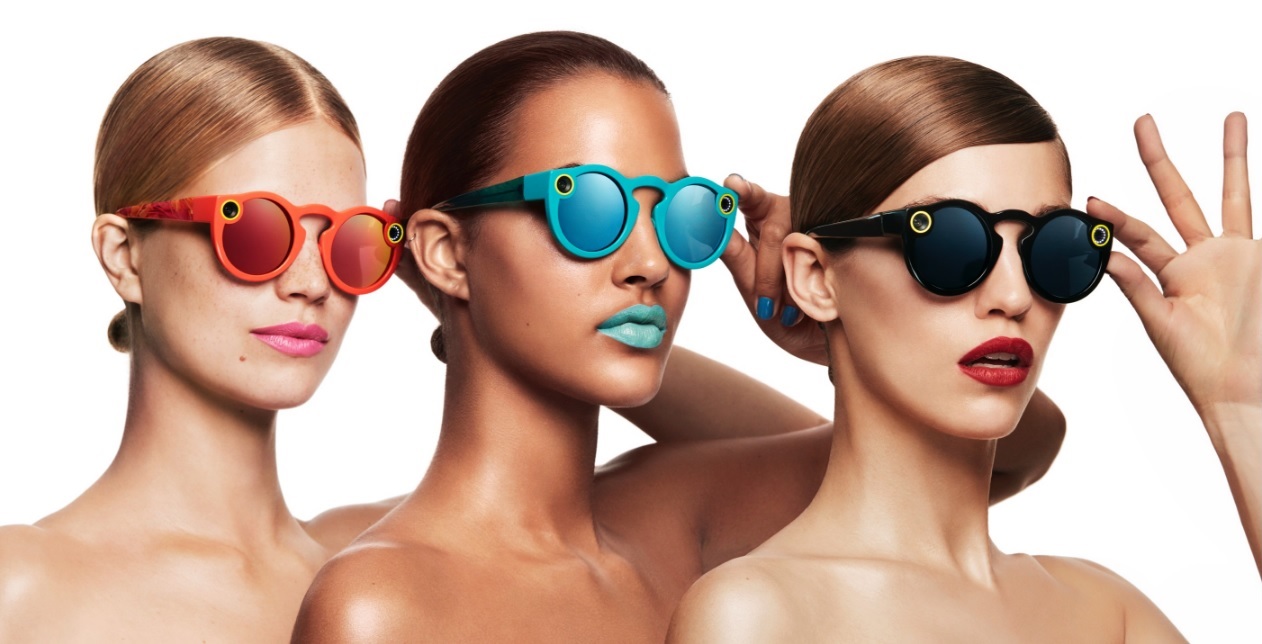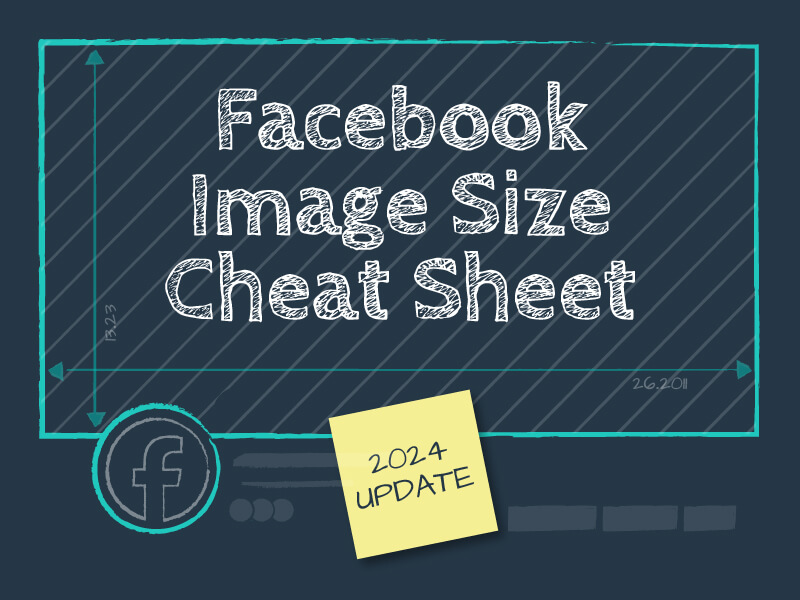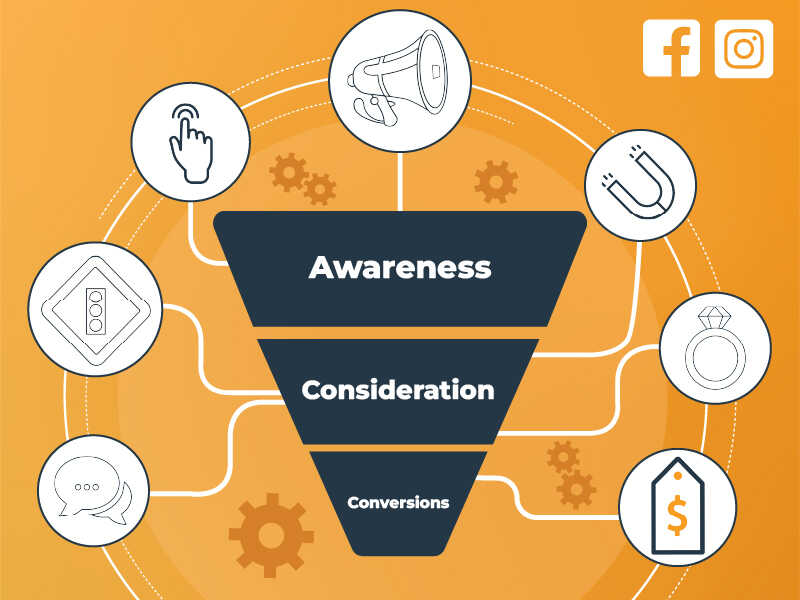Snapchat recently announced its first hardware product: Spectacles.
Spectacles are sunglasses that feature built-in video cameras. Those wearing them can simply tap the side of the frame and instantly record their visual experience in circular, wide-angle video for later viewing pleasure.
The Specs
The glasses will be one-size-fits-all and come in black, teal, or coral. They will be moderately priced at $130 (more on this in a bit) and for now, will only be available for “limited distribution.”
The button used to record is at the top left corner of the frames, beneath which sits a visible circular camera. When the shades are actively recording, the camera will light up in an LED circular pattern display. This is important, as it is meant to show that Snapchat does not endorse the practice of filming people without them being aware and/or consenting.
Videos are taken with a 115-degree wide view lens and can be played back on any device in either vertical or horizontal alignment, with the Snapchat app automatically cropping it into place. This is interesting, as Snapchat has up to this point focused solely on vertical video. That strategy has paid off thus far, but the company may be seeing the importance of diversification in the face of increased pushback from Facebook.
Videos will be stored within the Spectacles themselves, but can also be automatically transferred to your mobile device via WiFi or Bluetooth. That way, you can edit and share them through the app whenever you please. It’s important to note that this concept is another deviation from the initial ephemerality of Snapchat, which was built on informality and instant sharing. Those elements may still come into play with Spectacles, but there will also be new room for curation.
Why Now?
Making a foray into manufacturing hardware products is fairly unprecedented for a social media company in Snapchat’s position. Its user base has been growing steadily since it hit the scene in 2012 and the app has dominated the highly coveted millennial demographic for some time now. So why move into an entirely new space when you’re doing so well in the space you’re in?
It may have something to do with how incumbent social media giants have responded to Snapchat’s success. Facebook-owned Instagram recently rolled out a feature that brazenly copied Snapchat’s Stories feature. In fact, they even named it Stories. The feature allows users to share photos and videos that last for 24 hours at the top of their personal page, separate from their permanent posts below. In the blog post announcing the rollout, Instagram stated that its app “has highlights and everything in between, too.”
That “everything in between” is what helped Snapchat’s popularity skyrocket in the first place. The more platforms like Facebook and Instagram tweak their models to dip into that same well, the more it makes sense for Snapchat to diversify its offerings. The release of Spectacles, then, may be perfectly timed after all.
Will It Fare Any Better Than Google Glass?
While Spectacles certainly appear bold and innovative, there was already a precedent for camera-enabled glasses. Google brought Glass to market in 2012, and amid intense scrutiny and anticipation, it truly had a cultural moment. Unfortunately, Google was far too impatient with its version of wearable tech, and Glass – unthinkably expensive for the average consumer at $1500 and still fraught with bugs – ended up being a punchline, not a world changer.
Google Glass’ failure was not just a matter of bugs, though. Its early rockstar status faded quickly, as people began to see its high price point as elitist and inaccessible. In his 2013 New Yorker profile of the device, Gary Shteyngart said, “The main problem with Glass in its infancy is the lack of apps for the lay user…The best part of wearing my Glass has been recording the response it elicits in others.” This, of course, was also the most controversial aspect of Glass, leading to it being banned from certain venues where it was causing confrontations between wearers and those not wanting to be filmed.
Snapchat appears primed to avoid the branding pitfalls suffered by Glass. Coming in at only $130, Spectacles are in a position to attract a much younger audience with less disposable income. Their aims are also more modest and achievable. While Glass was attempting to take over the wearable tech industry via augmented reality, Spectacles are merely a way for Snapchat to take what it already does well – ephemeral photo and video sharing – and make it better. Overall, Snapchat is asking for less commitment from its users, something Google Glass would have done well to remember.
This low-key, low-maintenance element may be the biggest reason for Spiegel to have confidence in Spectacles. They could end up changing the way we interact and record experiences, or they could just be an interesting experiment. In a recent Wall Street Journal profile, Speigel was quick to temper expectations: “[He] refers to it as a toy, to be worn for kicks at a barbecue or an outdoor concert.”
Final Thoughts
Crossing over into the mainstream is a major challenge for technology as new and different as Spectacles. This becomes doubly true when the product is something to be worn on your face. Every moment that you use Spectacles, you’re making a statement to the world about yourself and your relationship with technology. That can be a bit much for some people.
Snapchat has also somewhat limited the potential usage by only creating sunglass options (for now, anyway). While outdoor adventures under sunny skies are certainly great opportunities for Snaps, the platform has built its massive user base by facilitating both epic and mundane interactions.
It’s crucial to note that design elements on this kind of wearable tech can be more important than the actual technology. If the kids don’t think they look cool, Spectacles may be sunk before the tech even gets a chance to shine.
As it approaches all of these challenges, Snapchat should benefit from their low-stakes approach. Spiegel’s comments in the Wall Street Journal profile may prove salient: “We’re going to take a slow approach to rolling them out. It’s about us figuring out if it fits into people’s lives and seeing how they like it.”
Using this mindset, Speigel will help his company avoid Google Glass-esque embarrassment. Plus, the innovative technology, low price point, and eager, sizable audience from its app are all reasons to believe that the potential rewards for Spectacles are far greater than the risks.

